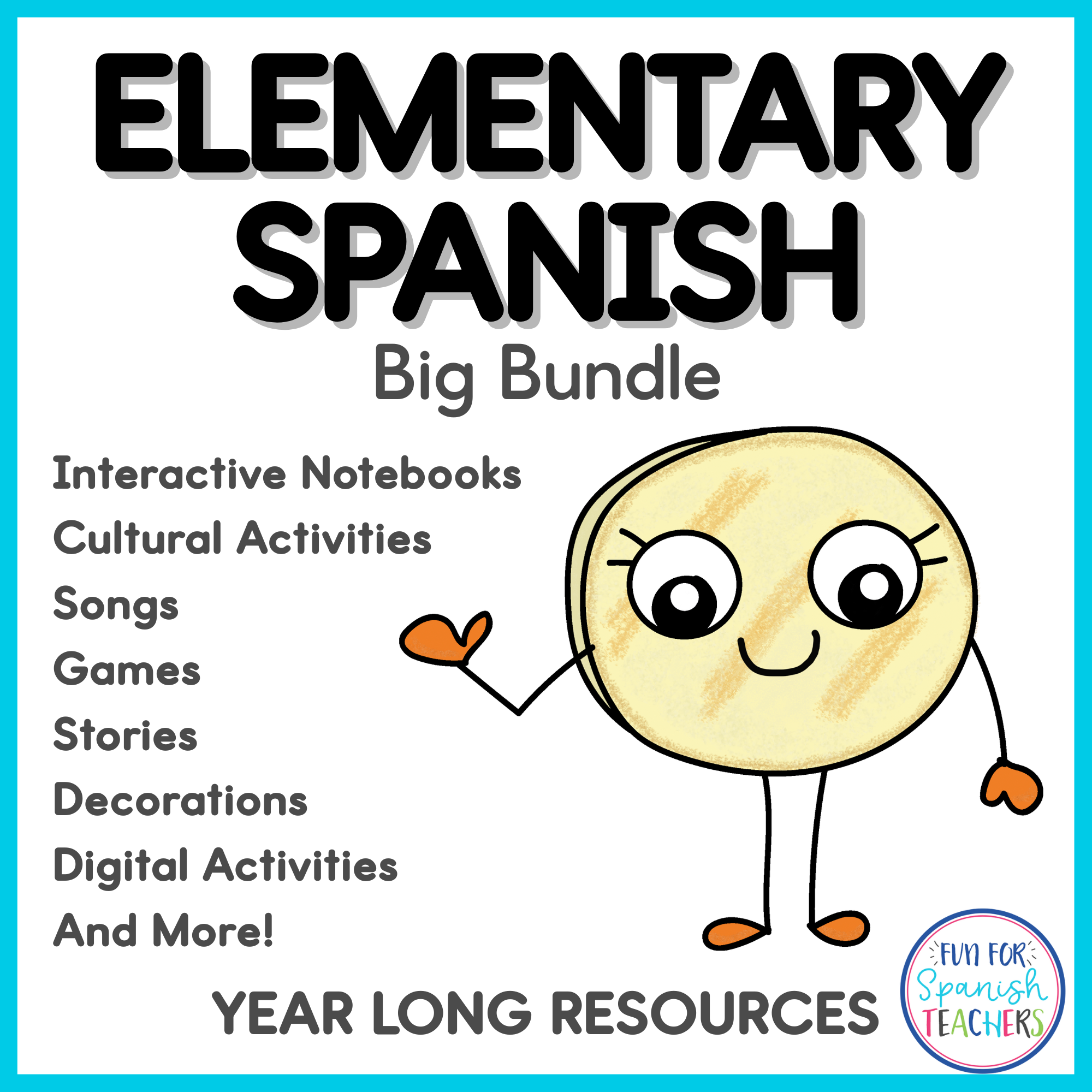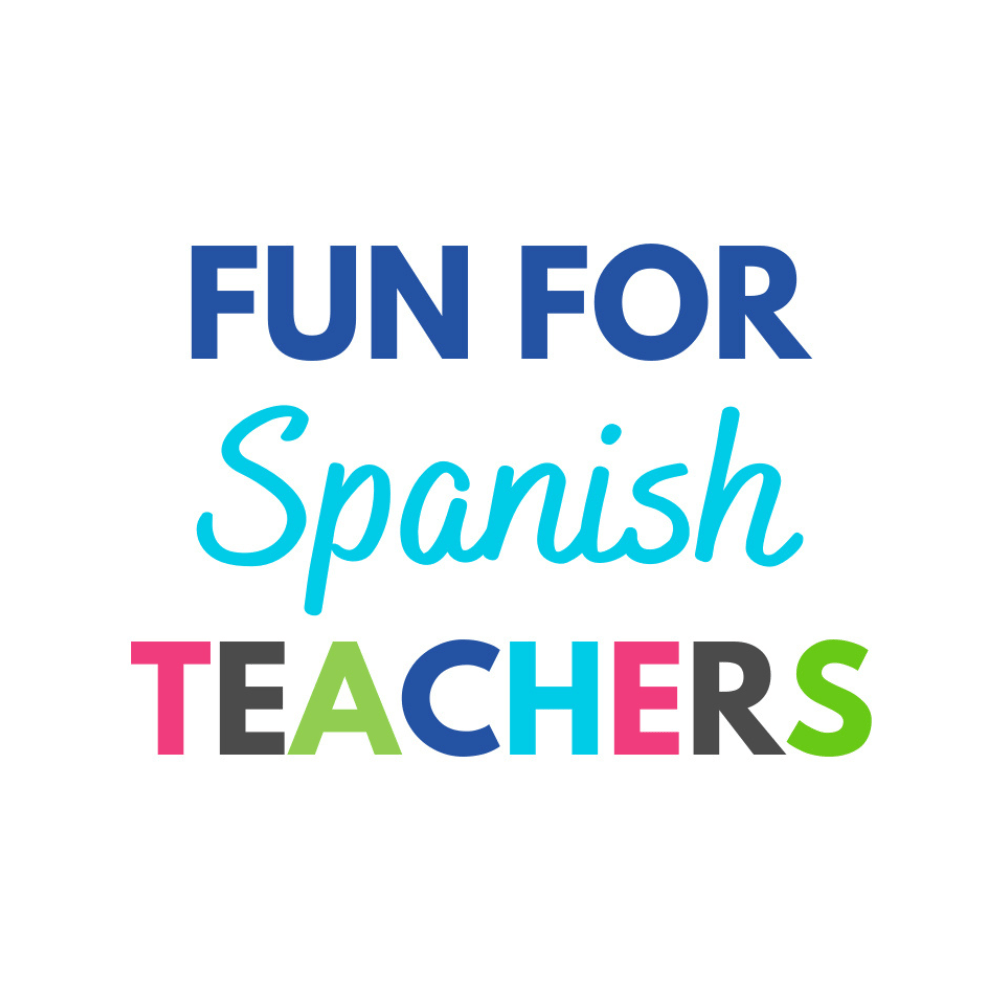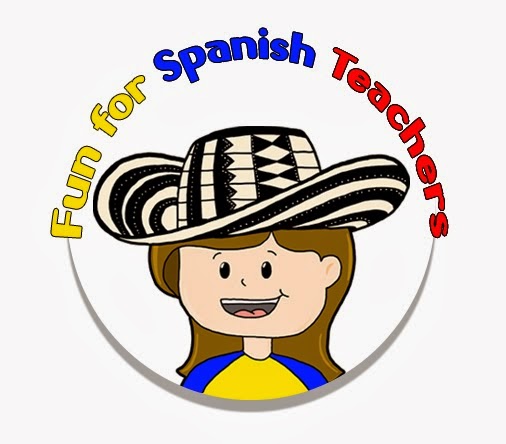Project: Winter Olympic Athletes {Spanish}
Bringing the Winter Olympics to your Spanish class is a fun way to engage your students. This time the Winter Olympics will be in Sochi, Russia. What a great opportunity to pull out a map or visit Google Earth to locate the country and your current locations. Visiting an online gallery of Russia sounds very exciting and could be also used an a opportunity to invite your students to talk about what they see. You could ask you students to tell you about colors, clothes, weather and so on depending on their level.
For this project you will need to have access to the internet to visit the website for the Winter Olympics. You will also need to download the printable for this activity HERE.
Your students will need to visit the link where the athletes are listed. They will need to find the information presented in the sample below:
After completing their own cards, each student will need to get ready to be interviewed by other classmates. Each of them will need to use the information in the picture below to respond to questions that the other students will ask:
Snacks That Teach Spanish {Review and Giveaway}
Have you ever thought of a snack that brings some excitement to your Spanish class? I just found a great one! Dick and Jane Educational Snacks are the perfect snack to share with your students. They are not only educational, but made of wholesome ingredients and are nut free, which means they’re safe to have in your classroom if you have any students with allergies to nuts.
How to eat these yummy cookies while learning?
These yummy cookies can be used to introduce, review, or reinforce vocabulary in your classes.
Mini-Lotería
Sentences
Guess the word!
Spell the words
Halloween Set: Guessing Book, Flashcards and Coloring Pages! {Giveaway}
Halloween will be here soon! This activity set is simple and will bring a lot of fun to your Spanish class. Enter below to participate to win this set!
AN IDEA FOR THE FIRST DAYS OF SCHOOL
I like approaching the first days of school in a very low key manner. We are all getting ready and adjusting to the new routine, and as some suggest, it may take up to 6 weeks for children to finally feel ready for your class. This is especially true as I am an specialist, and I see my students two times during the week. I am not a lucky homeroom teacher who gets to see them everyday! I like to use my first classes to show my students how my class works and what I expect from them, but before I dive into rules and procedures, I introduce myself.
This is how mine looks!





Would you like to make your own? Grab materials to create yours HERE!
After sharing information about myself, I inform them about what I expect from each of them in my class. I predominantly use the target language for this purpose, but I also speak about 10% of the time in my students’ common language, as suggested by ACTFL. To convey my expectations clearly, I rely heavily on visuals, simplifying my class guidelines as much as possible. In fact, the expectations I use are as follows:1.Respeto 2. Bondad 4. Español

And of course, I don’t want to end my first class without knowing students’ names and introducing or reviewing “Yo me llamo…”
Depending on the grade level, I use a puppet or a circle game passing a ball. You can learn more about these two activities following this link: First Week of School: Two Songs for Teaching Greetings and Introductions.
¡Buena suerte!

You might like this resource on Teachers Pay Teachers:
















